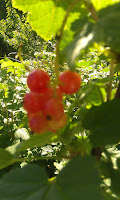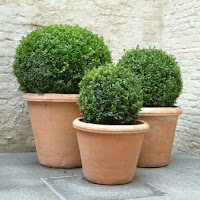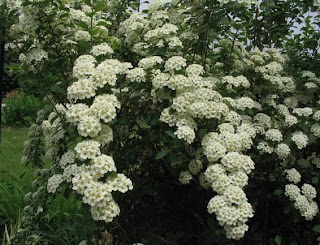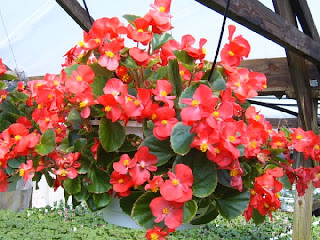Herbs and Spices Gathering
How we store Herbs and Spices

Garden and Flowers is a blog with tips, tricks and information for beginners about garden and flowers..
Of course we are talking about plants. In addition to crop rotation we have to be careful when we are planing our plants arrangement to prevent diseases and pests.
Evergreen shrubs are great decoration especially in autumn and winter days since they stay green through all season. Some evergreen shrubs are also suitable for hedges.
As we all know it is important that we don`t plant the same type of vegetables on the same place every year. This process is called Crop Rotation and it is important to the productivity and also the health of our garden.
Undemanding Perennial plants that are suitable for those without any gardening experience.
Orchids are popular gift for any occasion. But the Orchids care is different form the care for other house plants.

 Who likes Red Currant? I love it, especially for desserts. We also know black and white, but this topic is intended for Red Currant. At this point I just want to remind you that all three kinds are very healthy. So if you don`t have it in your garden yet you should get at least one kind of it.
Who likes Red Currant? I love it, especially for desserts. We also know black and white, but this topic is intended for Red Currant. At this point I just want to remind you that all three kinds are very healthy. So if you don`t have it in your garden yet you should get at least one kind of it.  Red Currant is a great snack
Red Currant is a great snack




 APPLES
APPLES BLUEBERRY
BLUEBERRY

 STRAWBERRIES
STRAWBERRIES WATERMELON
WATERMELON
 Moreover, Strawberries are extremely delicious they are also very healthy, because they contain iron, sodium, calcium, potassium and phosphorus, vitamin A, B1, B2 and vitamin C. Those, who do not have your own bed of Strawberries, make sure (before you buy them) that they do not contain any pesticides.
Moreover, Strawberries are extremely delicious they are also very healthy, because they contain iron, sodium, calcium, potassium and phosphorus, vitamin A, B1, B2 and vitamin C. Those, who do not have your own bed of Strawberries, make sure (before you buy them) that they do not contain any pesticides. Beautiful fruits
Beautiful fruits

 Japanese Quince
Japanese Quince It is regarded primarily because of its colorful and fragrant flowers. It is good to cut off the withered flowers. We trim Lilac after flowering, because they are forming on the newly grown shoots flower buds for the next year.
It is regarded primarily because of its colorful and fragrant flowers. It is good to cut off the withered flowers. We trim Lilac after flowering, because they are forming on the newly grown shoots flower buds for the next year.  Snowball
Snowball Spirea
Spirea Deutzia
Deutzia Kolkwitzia
Kolkwitzia
 Hydrangeas
Hydrangeas
 GERANIUM
GERANIUM
 SURFINIA
SURFINIA

 BEGONIAS
BEGONIAS

 We have to regularly tie them to the support. If the weather is dry, we have to water them and fertilize them if needed. Plants can be tied on supports with a variety of snaps, rings or strips. We just have to ensure that we don`t tie them too strong.
We have to regularly tie them to the support. If the weather is dry, we have to water them and fertilize them if needed. Plants can be tied on supports with a variety of snaps, rings or strips. We just have to ensure that we don`t tie them too strong.
 In May we can already prune some early flowering shrubs (Forsythia, Flowering Quince, Flowering Almond, Viburnum opulus,..). But not before they start to fade. This will allow them to have a sufficient time to produce new shoot for next spring.
In May we can already prune some early flowering shrubs (Forsythia, Flowering Quince, Flowering Almond, Viburnum opulus,..). But not before they start to fade. This will allow them to have a sufficient time to produce new shoot for next spring.
